How to Sew a French Seam
Oh, La, La French Seams
You don’t have to know French to be able to sew the perfect French Seam. These seams are simply a two-part seam that encases all the raw edges inside the seam allowance—perfect if you don’t have an overlocker or when you’re working with sheer fabrics or lace.
Machine Featured: BERNINA 480
How to Sew a French Seam
The key thing to remember when sewing a French seam is that you start with wrong sides together, which is counter-intuitive for most garment sewing techniques. If you are using a fabric that does not have a discernable front/back side, I recommend marking the front side somehow—try a piece of scotch tape or place a pin into the front, anything that will help to remind you which side is the front. It is very easy to end up with two right hand sleeves if you don’t think ahead.
I like to use a quarter inch presser foot when sewing French seams, but a standard presser foot works just fine too. The Patchwork foot #97 for 9 mm machines, comes with a separate guide that you can adjust for your seam allowance. The right side of this presser foot is ¼” from the needle, and it has a narrow opening in the center of the foot, making for perfect straight stitching. Begin by considering the pattern seam allowance. For example: a 5/8” seam allowance can be sewn as ¼” seam, then a 3/8” seam (or sew the 3/8” seam first and finish with a narrow ¼” seam, it’s your choice).
Once you have sewn the first seam, it’s time to press. I prefer to press the seam allowance open first, then press to the backside of the garment last. Using a seam roll helps to open the seam allowance totally flat while working the section of the seam that needs pressed. This creates a nice crisp seam and keeps the fabric from squishing into the seam allowance, which can happen more easily when just pressing to one side.
Trim the seam allowance down to approximately 1/8” using duck billed applique scissors. I find this special scissor keeps me from accidentally trimming into my stitches.
Now sew the final seam. This time the fabric will be right sides together. Pin the seam in place and set the seam guide for the final seam allowance. For my example, I sewed the larger seam allowance last, I moved the guide to 3/8”—if you wanted to have the narrower seam allowance for the finish, sew the first seam with 3/8” and finish with ¼”.
Now you’re ready to sew the final seam.
When finished set the stitches in place by giving it a quick press before pressing the seams to the back side of the garment.
And
French seams are such a satisfying and quality finish for garment sewing, but also make a great seam for pillowcases. Use the notions and tips I shared, or just go for it without all the fancy gadgets. Either way, I think you’ll fall in love with the French Seam!
What you might also like
4 comments on “How to Sew a French Seam”
-
-
Taffy Blouse from the Colette Sewing Handbook
-
-
I love this pattern, can you tell me where I can find it? Also, what fabric did you use in this tutorial? Thank you!
-
The blouse is the Taffy Blouse from the Colette Sewing Handbook. The fabric was a sheer polyester that I purchased a long time ago and don’t recall the source.
-
Leave a Reply
You must be logged in to post a comment.
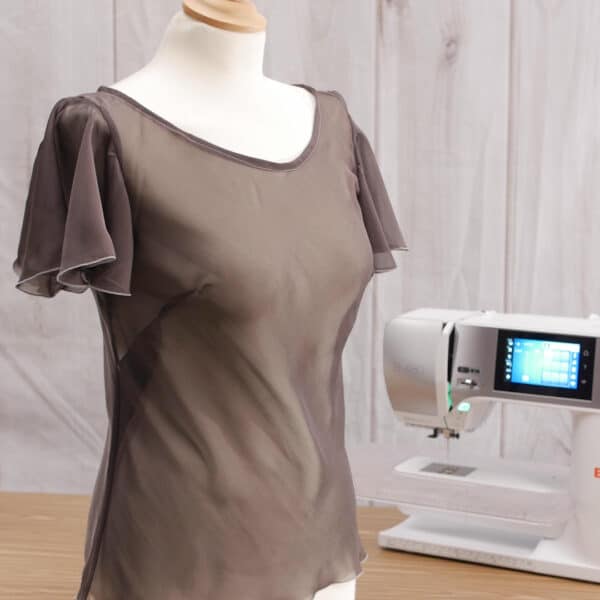
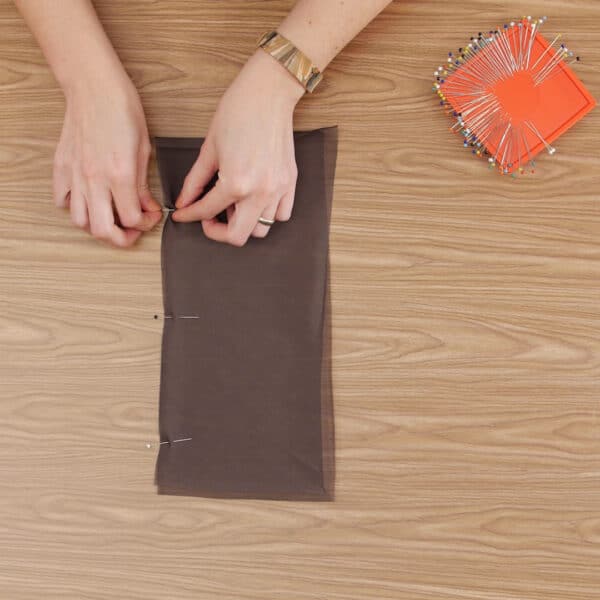
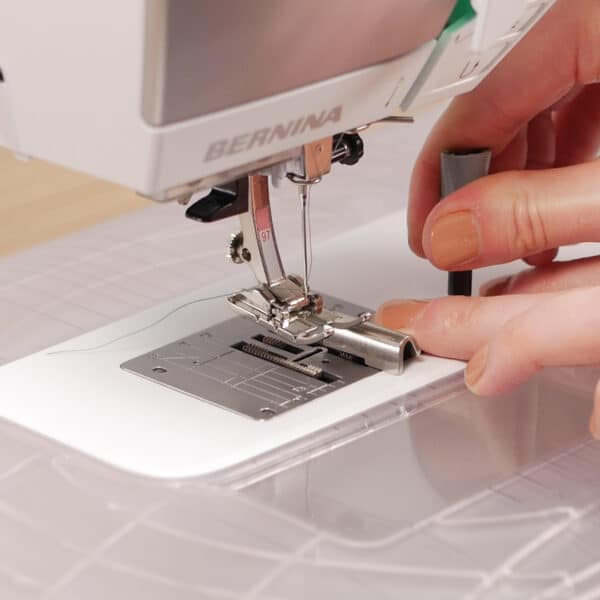
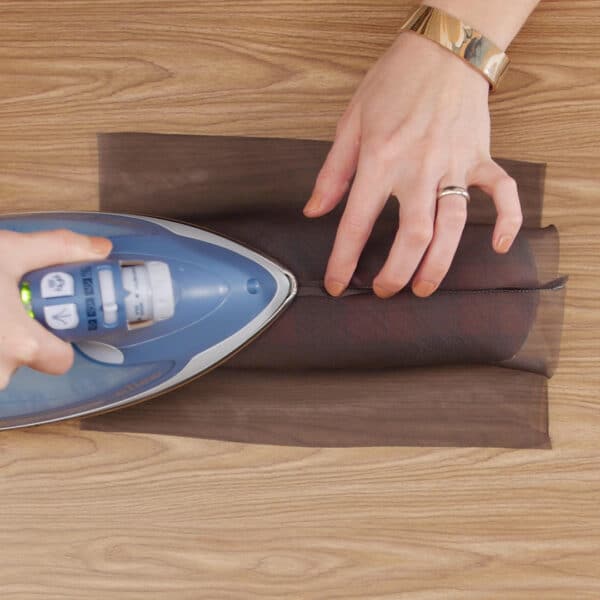
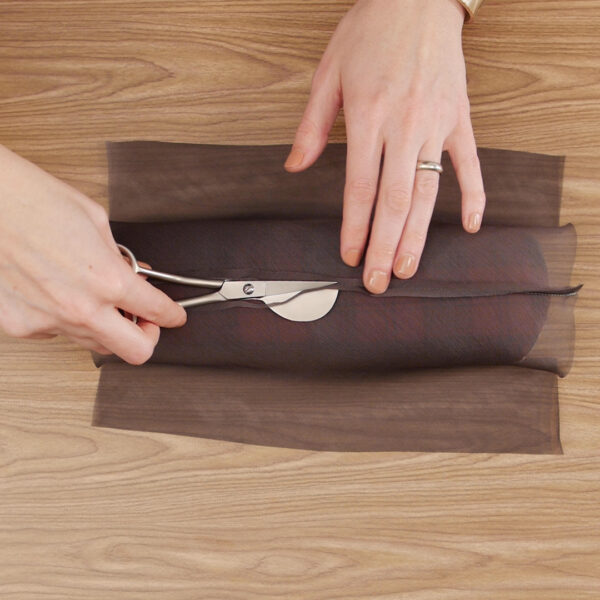
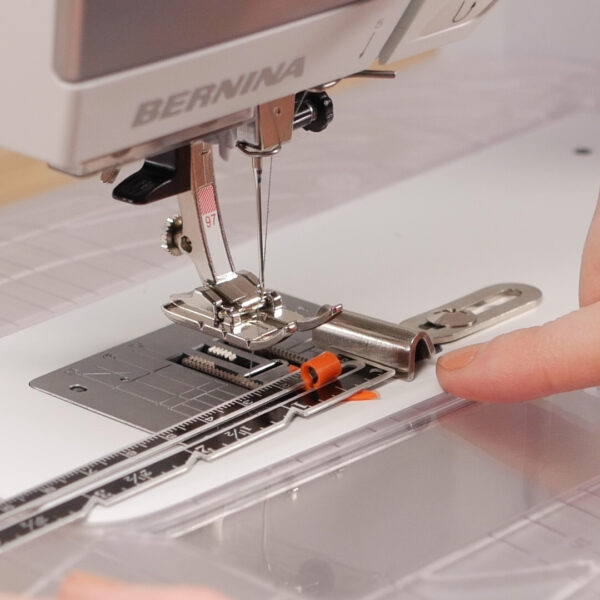
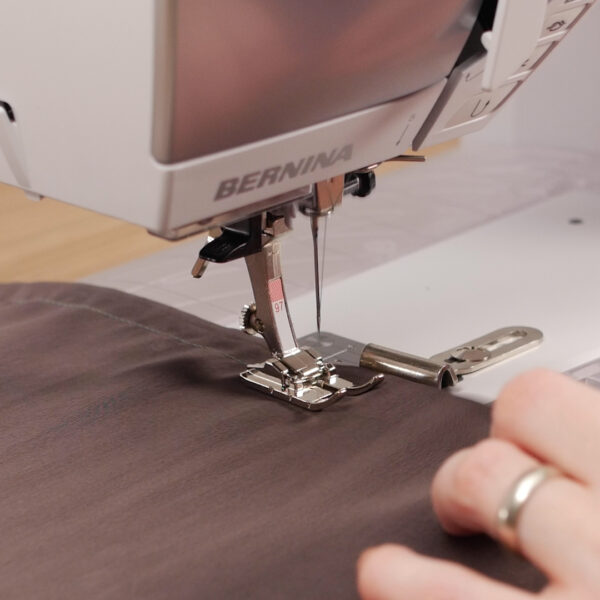
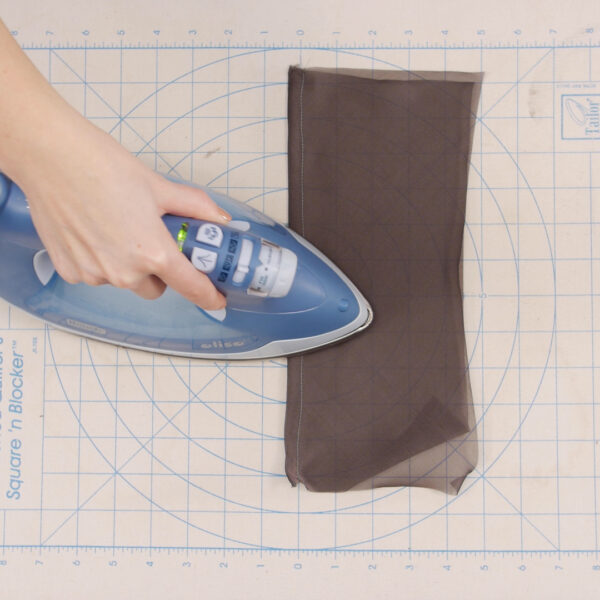
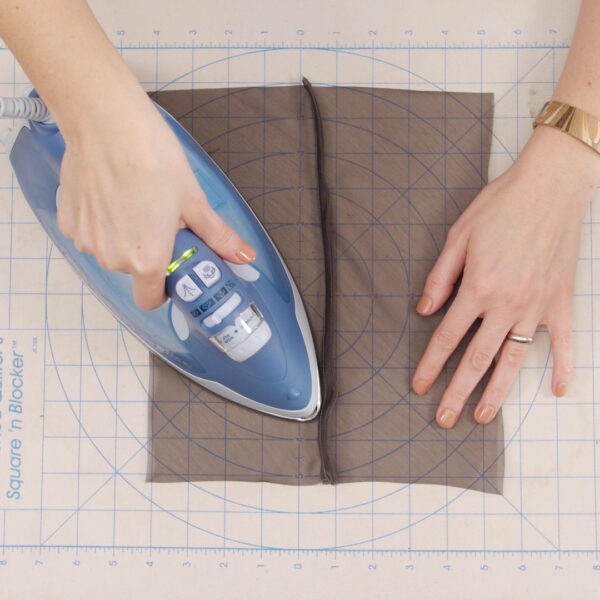
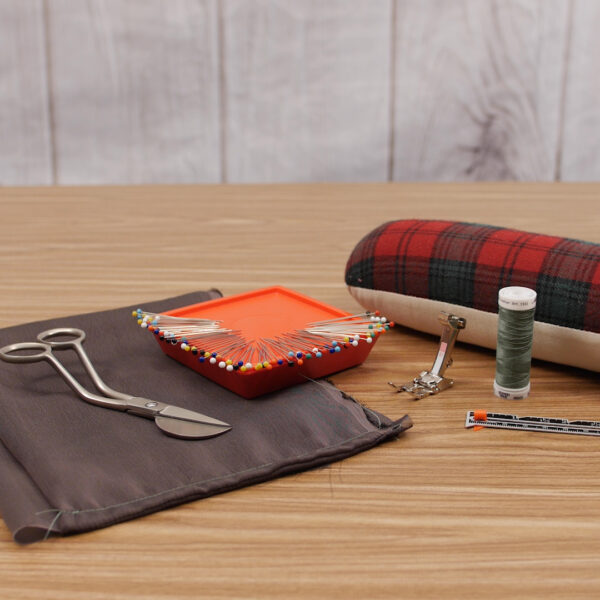
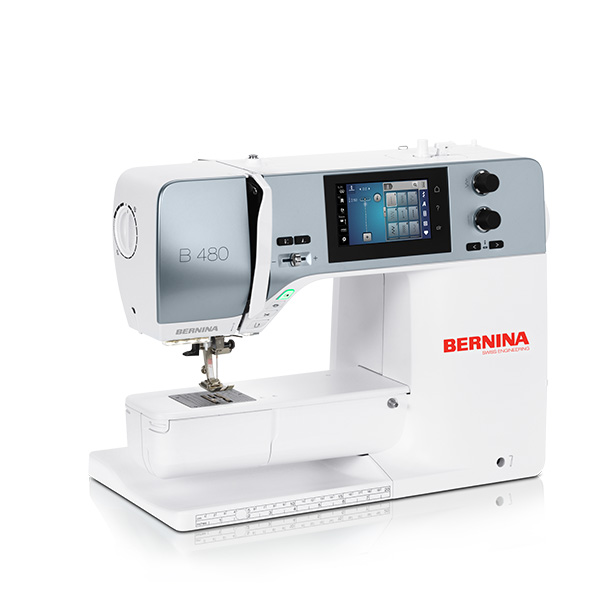
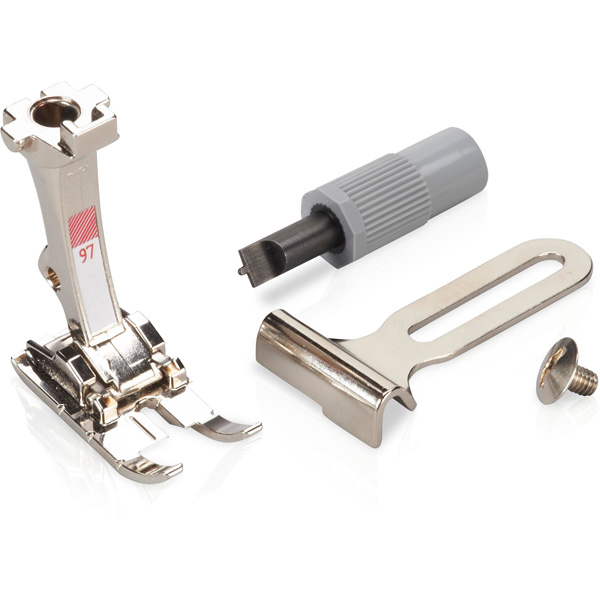
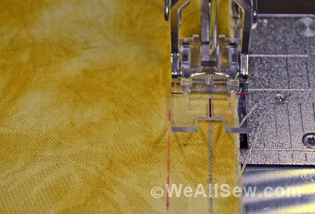
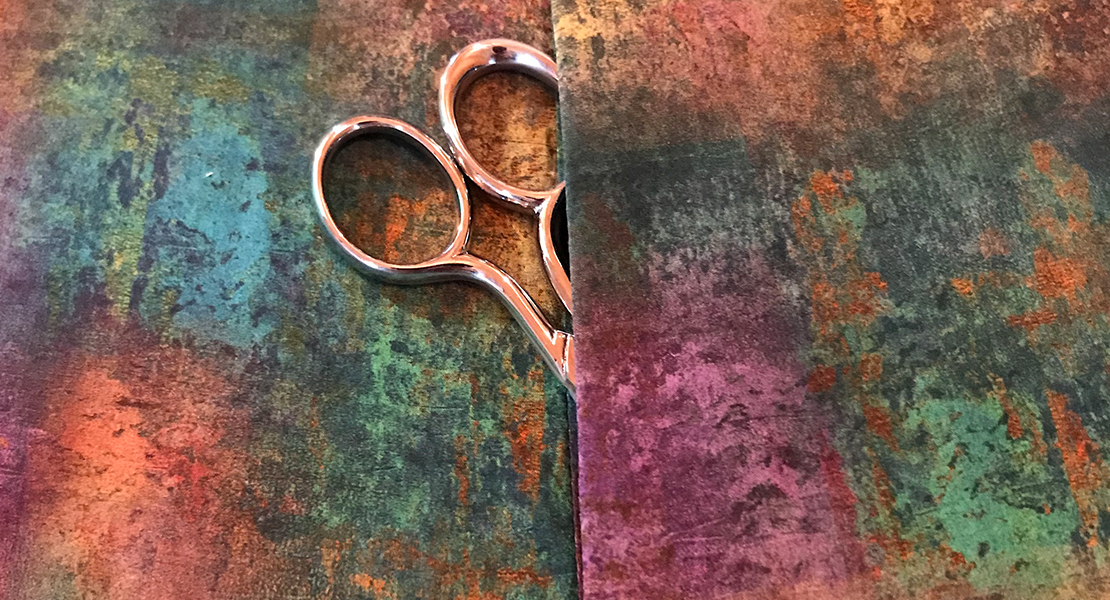
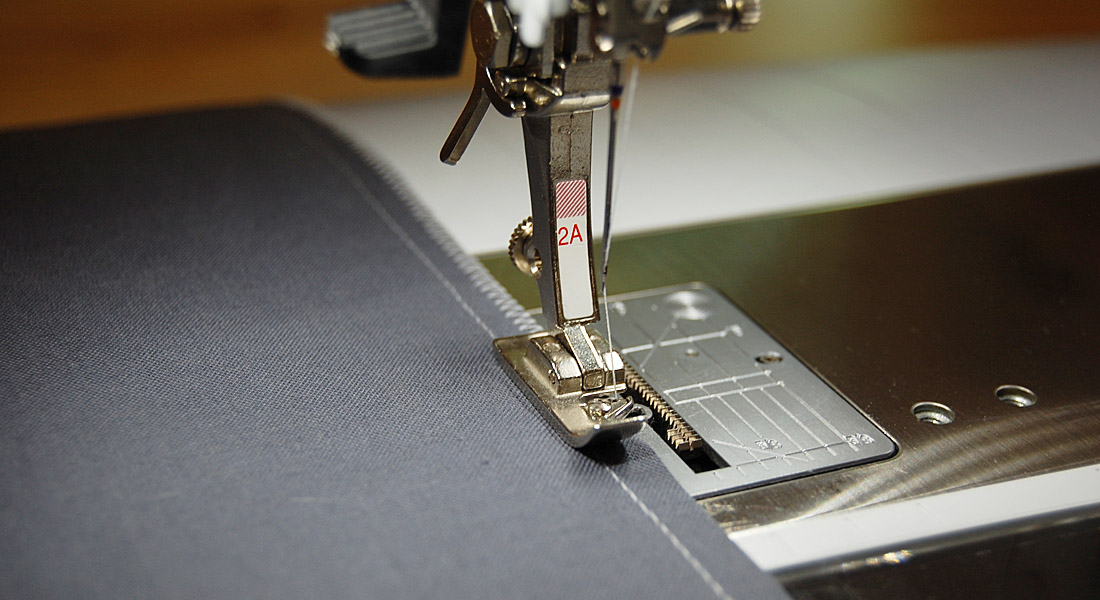
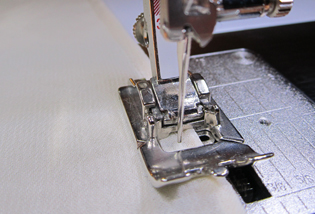
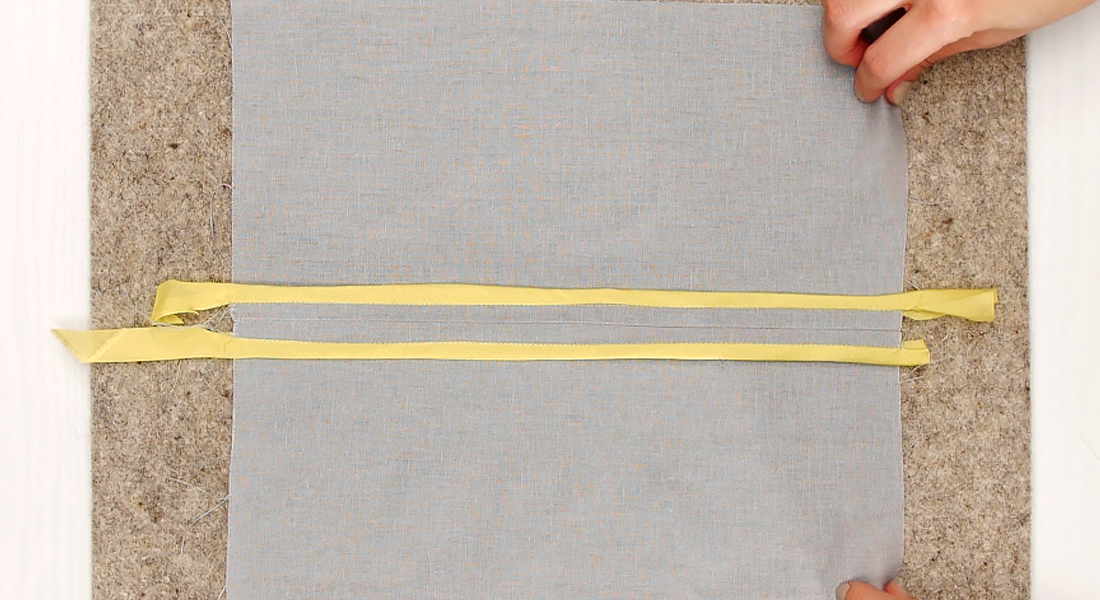
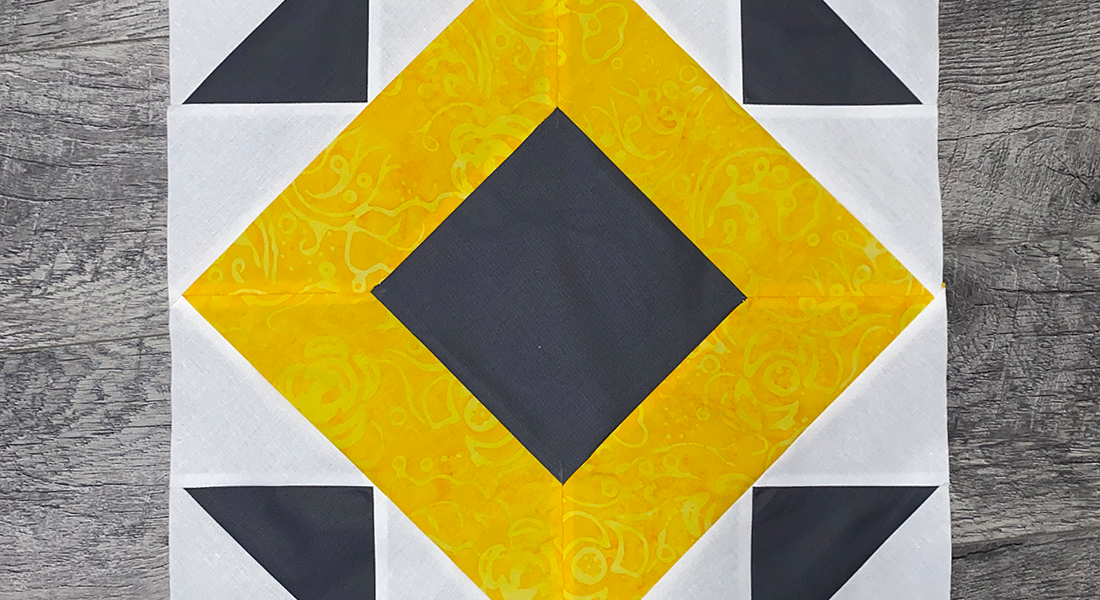
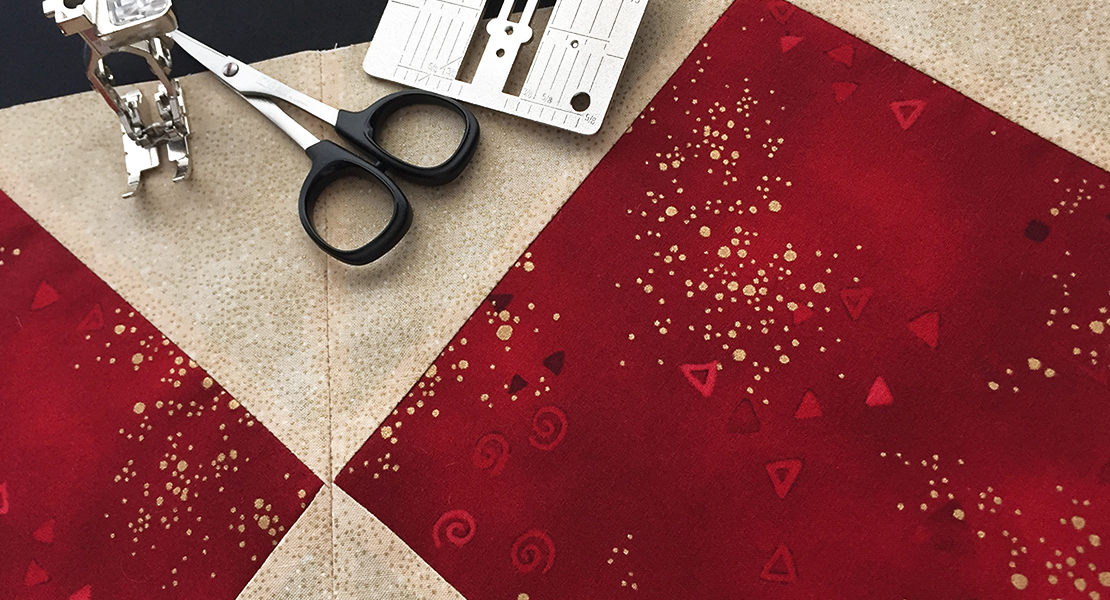
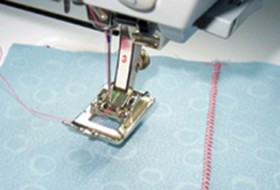
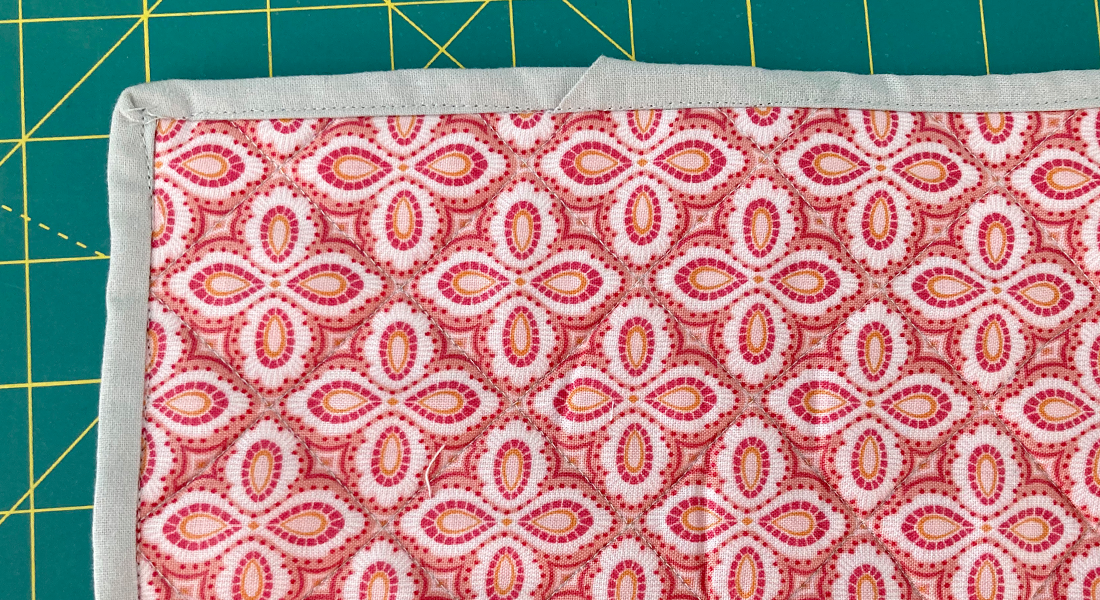
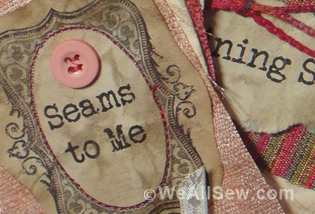
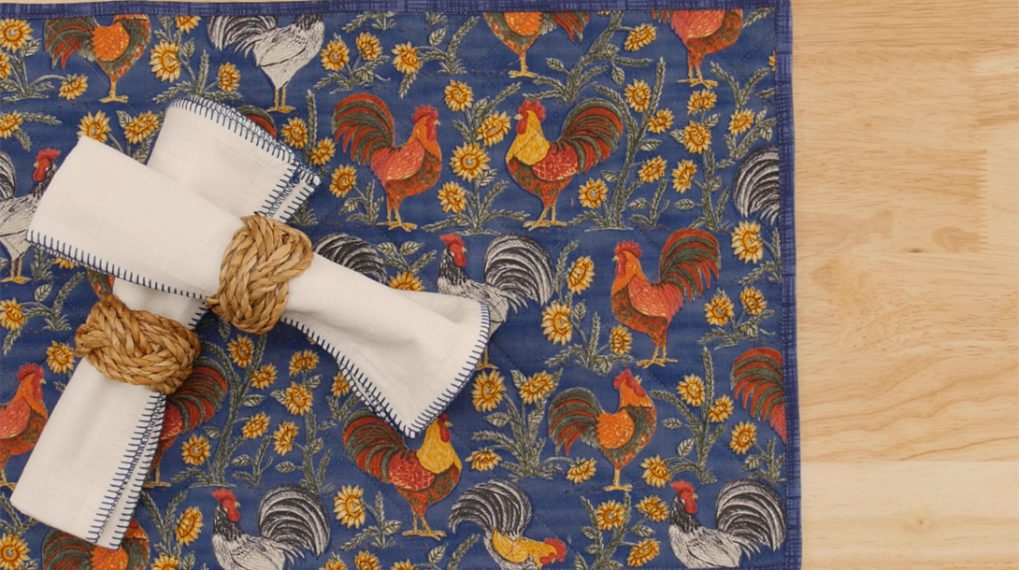
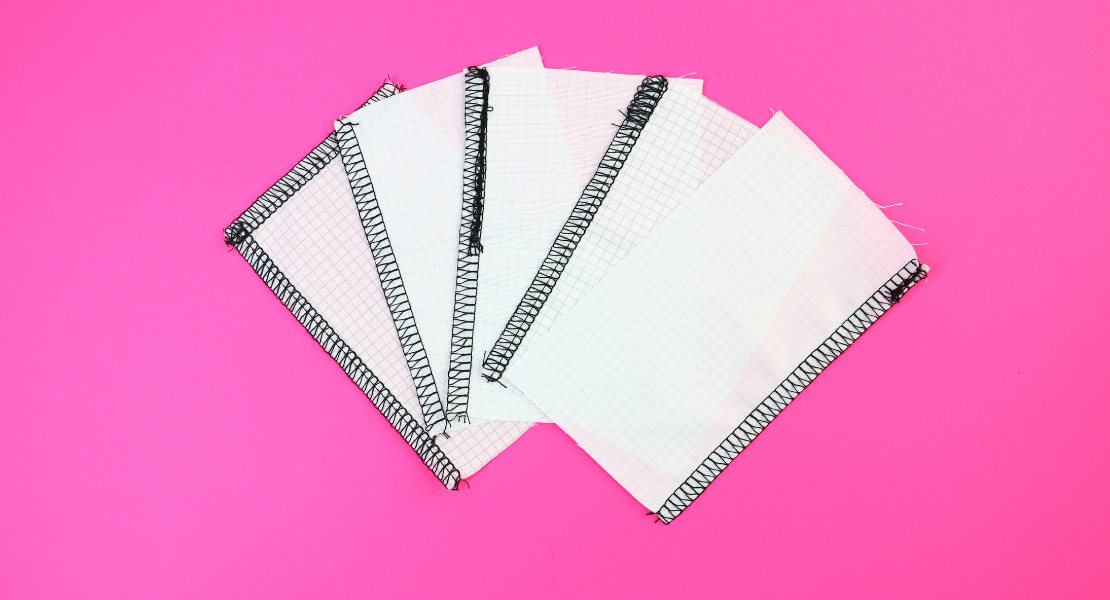
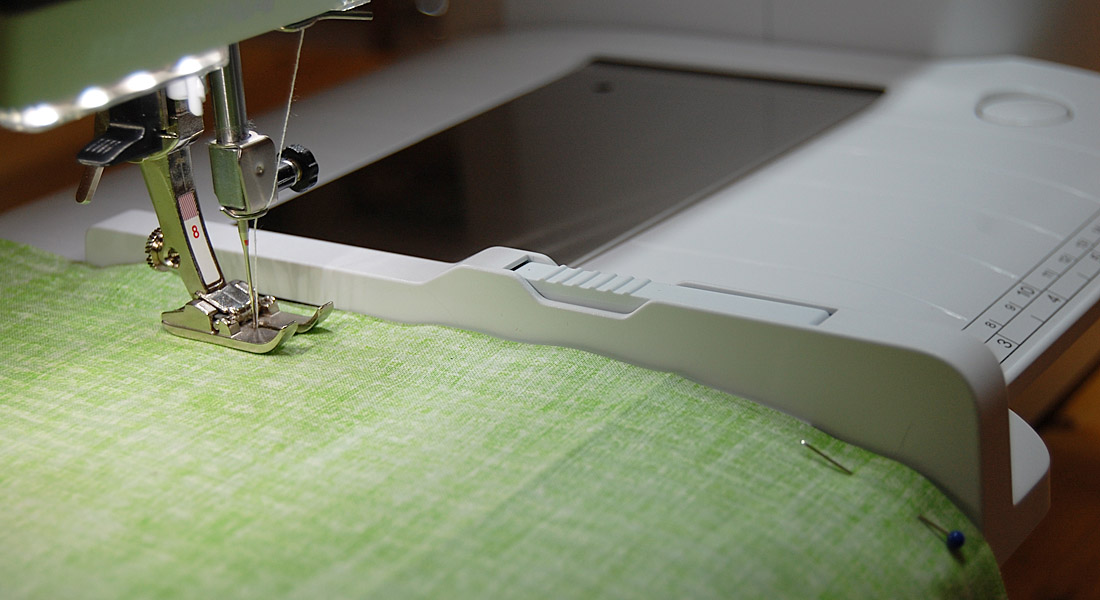
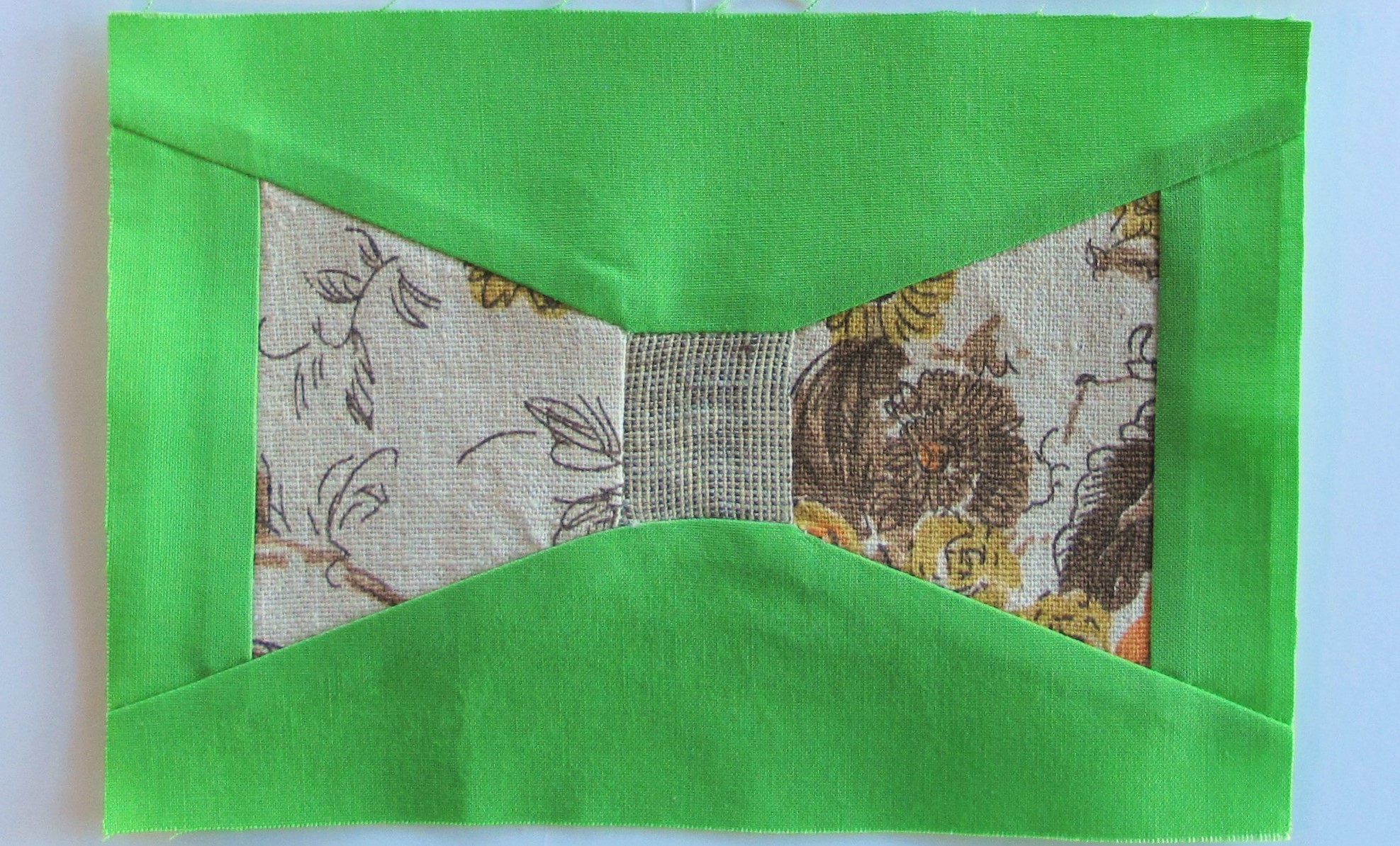
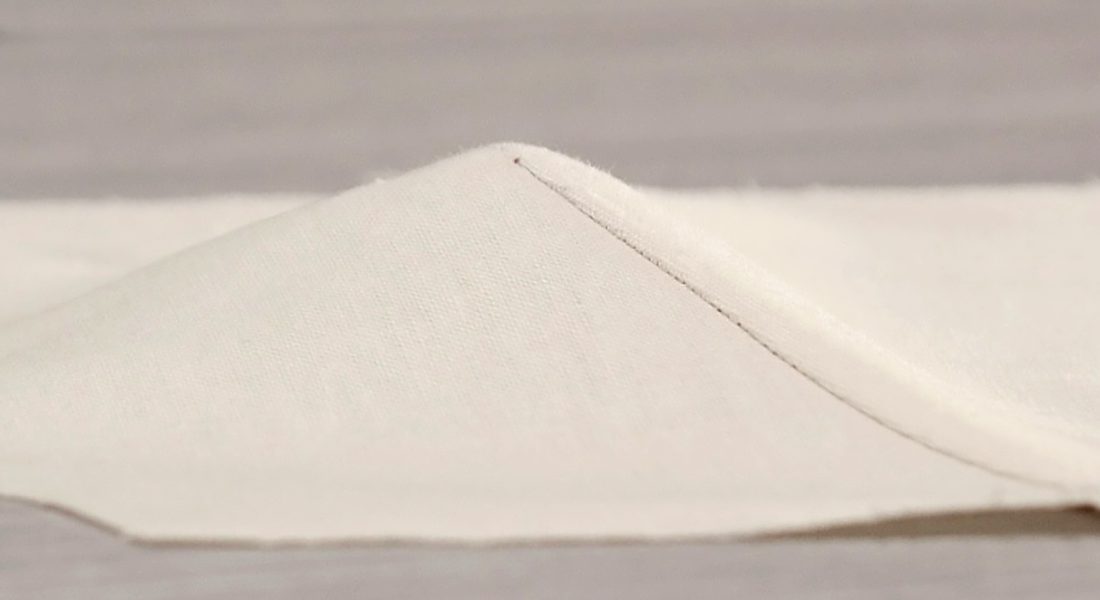
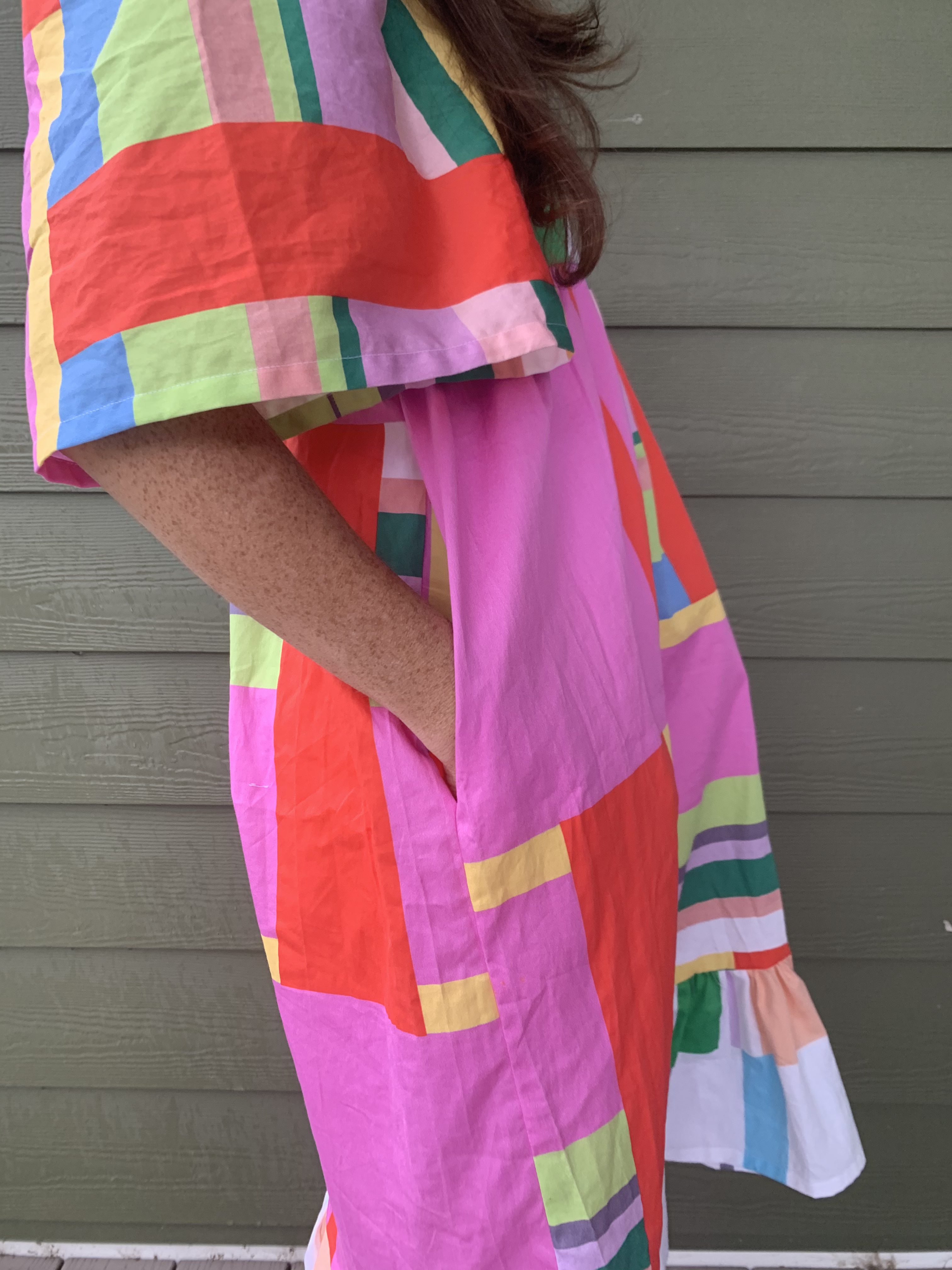
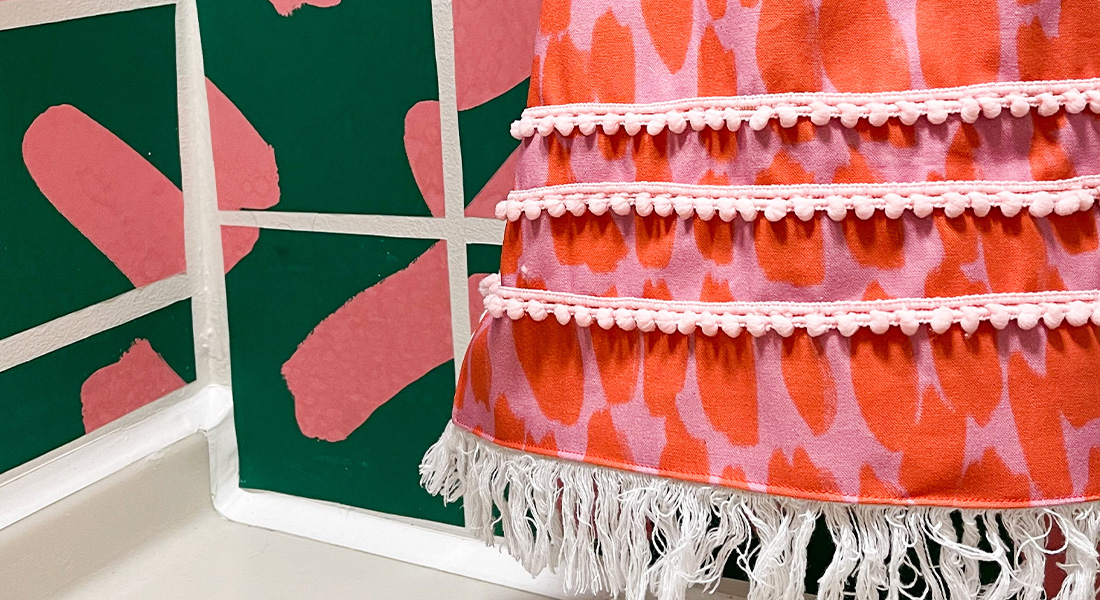
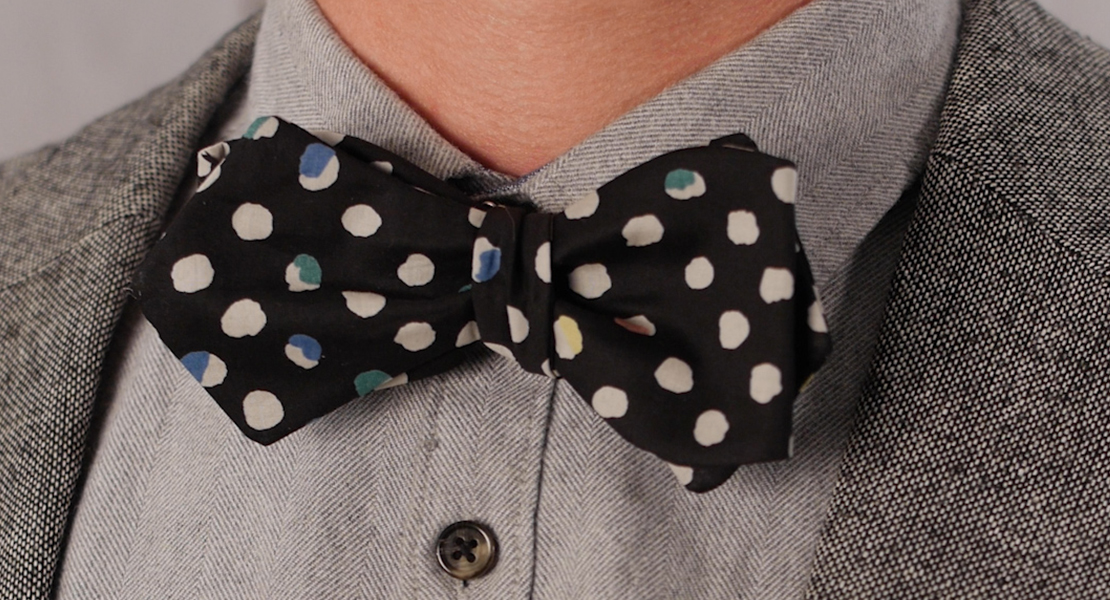
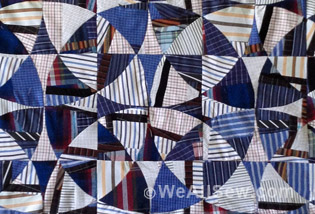
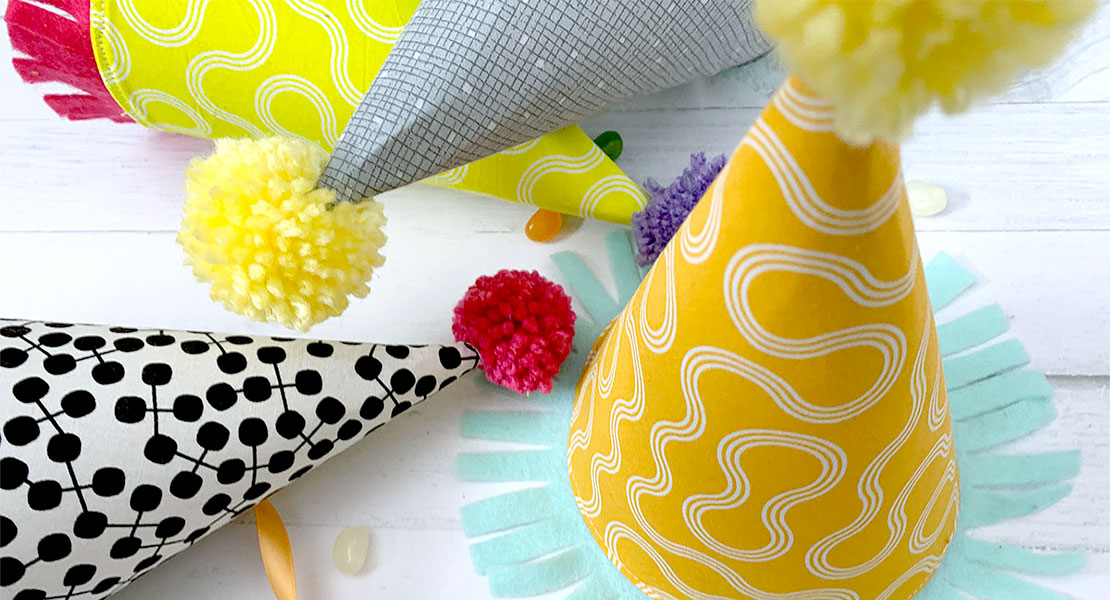

Any chance you could share the pattern for that shirt. I love the cut and the flutter sleeves